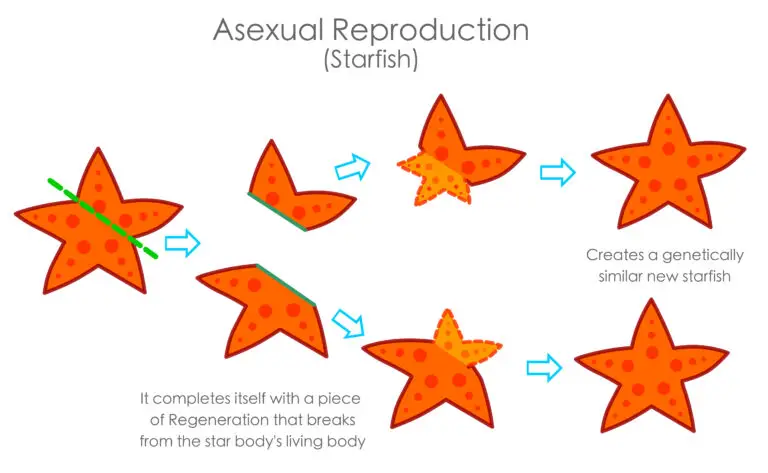Asexual Reproduction

Table of Contents
What is Asexual Reproduction
Asexual reproduction is a mode of reproduction in which offspring arise from a single parent, and the new individuals are genetically identical to the parent. This process does not involve the fusion of gametes (sex cells) and is commonly observed in various organisms across different biological kingdoms.
Asexual Reproduction Overview
Single Parent
Single-parent asexual reproduction is the process where offspring are produced by only one parent organism, without the need for male and female gametes like sperm and egg cells.
In this form of reproduction, the offspring are genetically similar to the parent, as they inherit their DNA from that single parent. This method bypasses the sexual reproduction process, which typically involves the fusion of a sperm and an egg from two different individuals.
Genetic Identity
In asexual reproduction, offspring are genetically identical or very similar to the single parent from which they originate. This genetic identity occurs because the offspring inherit all their genetic material directly from this parent without mixing genes from another individual. As a result, the new individuals are clones of the parent, carrying the same genetic blueprint.
Mitosis
The primary mechanism for asexual reproduction is mitosis, a cell division process that results in two daughter cells with the same genetic material as the parent cell. Mitosis ensures the maintenance of genetic continuity.
Types of Asexual Reproduction
- Binary Fission: Common in bacteria and some protists, where a single cell divides into two identical daughter cells.
- Budding: New individuals develop as outgrowths or buds on the body of the parent organism. Common in yeast and hydra.
- Fragmentation: The parent organism breaks into fragments, and each fragment can develop into a new individual. Observed in some plants and animals.
- Parthenogenesis: The development of an embryo from an unfertilized egg. Occurs in certain insects, reptiles, and fish.
Rapid Population Growth
Asexual reproduction can lead to rapid population growth under favorable conditions because each individual has the potential to produce offspring without the need for a mate.
Examples in Nature
Asexual reproduction occurs in a wide range of organisms. Bacteria, protists, and fungi reproduce asexually, as do many plants, which can use methods like runners or tubers to propagate.
Some invertebrates also engage in asexual reproduction. This method allows these organisms to produce offspring without needing a sexual partner, facilitating rapid population growth under favorable conditions.
Related Links
Gametes
Kingdoms
Bacteria
Invertebrates